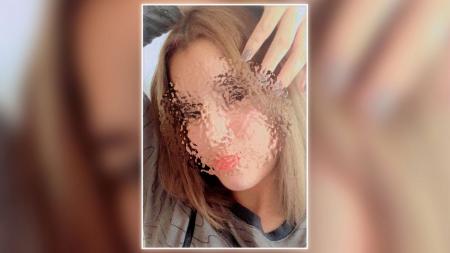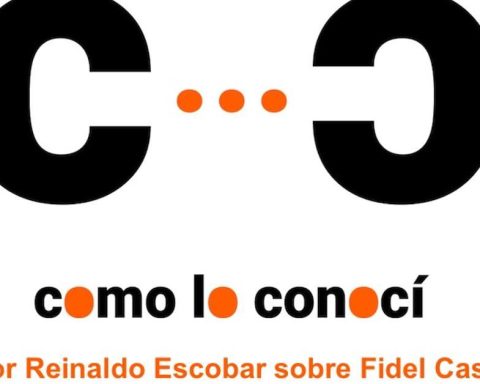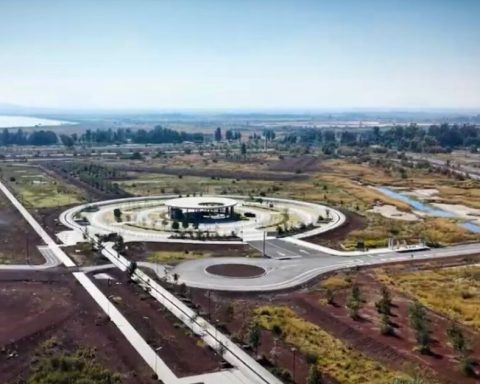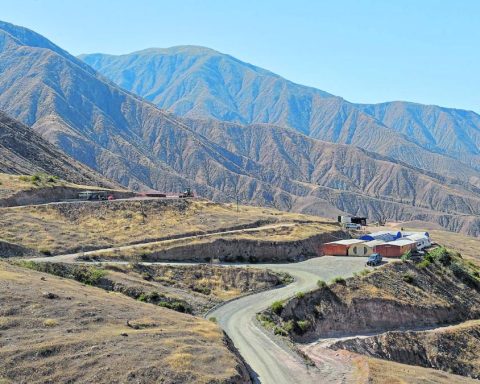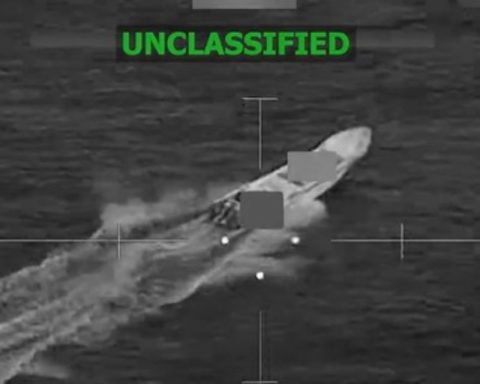January 24, 2023, 11:15 AM
January 24, 2023, 11:15 AM
From a distance, it looked like a light show. The place was full of onlookers, family members, and police officers. In the bathroom of the house, the body of a girl remained inert. Everything pointed to the fact that the young woman took her own life. So they all believed. Everybody?
After the collection of evidence, analysis of the place, removal of the body and the statement of his relatives, suicide was ruled out and The femicide investigation began. The main suspect? The boyfriend.
The results of the tests carried out at the scene revealed a second implicated, since the fingerprints found did not match those of the suspect. A young man in love with the girl, who, being unrequited, became the main architect of the tragic outcome.
Magaly Mariacalegal surgeon, specialist in criminalistics and forensic anthropology, explains that this is just one of many cases in which forensic science has allowed a case to be closed and a guilty party found. In this way, the uncertainty of the victim’s family is ended and the confinement of an innocent person is avoided.
“Criminalistics is a science that help with the investigation and resolution of crimes. This science is supported by various specialties, it is multidisciplinary. Among the sciences that collaborate with us is forensic medicine, criminology and dactyloscopy (science that recognizes a physical or biological characteristic of a person), among others”, indicates the professor of Law at Unifranz.
To understand how criminalistics works, it is important to understand its difference from criminology. While criminalistics uses forensic science to analyze a sceneto the crime and find the culprit; criminology studies the profile of whoever commits the crime at the hands of social sciences such as psychology.
A protocol impossible to contaminate
Mariaca, ensures that an investigation of this type must be supervised at all times, taking care of even the smallest detail, since the first actions are crucial for the resolution of the case.
“How are the criminalists dressed? With a biosecurity suit, booties, gloves, hood, glasses and mask. All this care because if I go with my head uncovered it could be that one of my hairs is going to fall out, we collect that hair thinking that it is the suspect and that can confuse our investigation (…) our case could go to the water and our progress becomes useless”, he points out.
Process of a criminal investigation
It begins with the denunciation of the fact, a policeman goes to verify the scene of the crime, analyzes it, looks for witnesses and cordons off the place. The multidisciplinary team of criminalists is informed and specialists are sent in the company of the investigator appointed by the prosecution.
Between the specialists they meet a fingerprinter, a photographer and a legal or forensic doctorwho in the company of the researcher coordinate the actions to be carried out and in what order they will enter so as not to contaminate the fact.
The photographer is the first participant and is in charge of keep record the fact with photographs and filming, taking care of all the details. Subsequently, the fingerprinter enters, collecting footprints and fingerprints as well as lip prints. After identification of all types of evidence, enter the medical examiner to check for injuries and make a preliminary examination of the reason for death.
Finally, the body is removed and transferred to the morgue for a deep autopsy to determine the cause of death of the victim.
Many times scene contamination of the crime leads to a complication of the case.
“If we collect, for example, another person’s hair, the DNA tests will yield other results and when we want to return to the place, we may not find anything. Unfortunately, this is where the processes are lengthened and possibly a guilty person will get out or an innocent person will go to jail, so we must be careful, ”she emphasizes.
Intuition and science, a collaborative work
Although criminalistics works hand in hand with various scientific processes that help to find the culprit of a crime in a more accurate and exact way, three characteristics that for the specialist are essential in the profile of a professional in crime must not be neglected. this area: intuition, curiosity and adaptability.
“We enter the place of any criminal act and we already have to intuit what has happened, we begin to make a lot of stories inside our head and we say this could have happened and we begin to look for what we have to do”.
A criminalist cannot take anything for granted or accept a single answer, but instead think of various possibilities and look for new clues.
Lastly, you should put aside your prejudices: “we are going to find different scenes, where there may be a lot of blood or perhaps decomposing corpses, it is possible that sometimes they will produce a certain rejection (…) being in this environment is for people who are not surprised by anything they can find in the place”, concludes the specialist in criminalistics and forensic anthropology.












